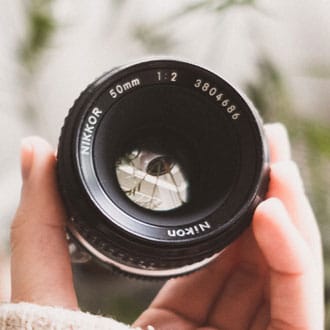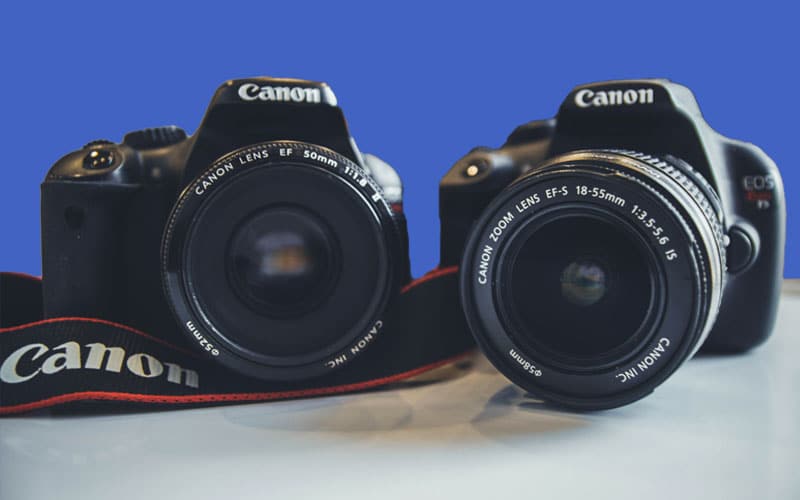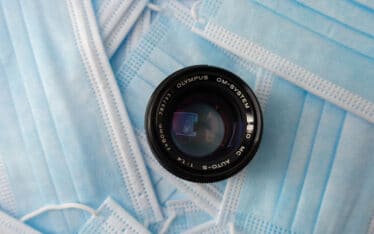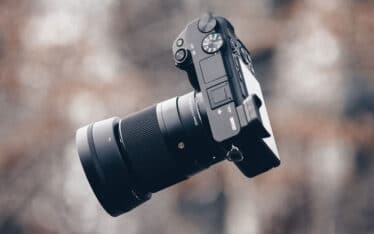One of the longest standing debates in photography is whether it’s better to use zoom lenses or prime lenses. You may have your own preference in this area. However, if you’re still on the fence, there are several reasons that prime lenses are superior.
Differences Between Prime and Zoom Lenses
A prime lens has a fixed focal length, while a zoom lens has a variable focal length. With a prime lens, you need to move, in order to change the size of the subject within a frame. With a zoom lens, you merely have to adjust the lens to change the size.
Many people like zoom lenses because of their convenience. You can adjust the lens without moving. However, this convenience comes with some drawbacks. For a professional photographer, there are several reasons that a prime lens is preferable.
Prime Lenses Are Lightweight
As a photographer, it’s always an advantage to be able to travel as light as possible. When you pack up your equipment, even to a gig in your own city, you don’t want to be weighed down by heavy items. Compared to zoom lenses, prime lenses are smaller and weigh less. This makes them more convenient to carry around. There is, however, another side to the issue of weight and compactness. A zoom lens, because it’s adjustable, can replace several prime lenses. So while a zoom lens is larger and heavier than a prime lens, if you require many prime lenses you may end up carrying more weight around.

When it comes to your equipment, you always want to buy quality items that will provide professional results. However, you do have to consider your budget. If you can get as good or better results with a cheaper option, it only makes sense to do so. The fact is technology is advancing so that both zoom lenses and prime lenses are getting better all the time. However, your money goes quite a bit further when you purchase prime lenses. You can get a quality prime lens for the same price or less than a lower quality zoom lens. This makes it a great choice for anyone who wants to save on equipment without compromising on quality.
Achieve Sharper Images
One of the best reasons to use a prime lens is for sharper images and lower levels of distortion. Prime lenses have fewer moving parts than zoom lenses. More parts cause lens diffraction, which results in less sharp images. This is a perfect example of how zoom lenses are often fine for everyday purposes but not ideal when you’re taking professional photos. A layperson may not be able to articulate the difference, but they can still tell when a photo is sharper and less distorted. Your clients will appreciate the extra sharpness you can get with a prime lens.
Good in Low Light Environments
A professional photographer wants to be able to take quality photos in all kinds of lighting. You may, for example, want to take pictures of your subjects with a backdrop such as a dramatic sunset or at night with limited lighting. Prime lenses provide more versatility when it comes to creative lighting. The wider aperture of prime lenses makes them better suited for low light settings than zoom lenses.
The aperture of a camera, which is the opening through which light passes, determines how much light is captured in your photographs. Apertures are measured in small “f” numbers, such as f/2 or f/8. The lower the f-number, the wider the aperture. You can find reasonably priced prime lenses such as f/1.8 or f/1.4 that allow you to take clear pictures in a variety of settings, including low light.
Perfect For Bokeh Effects
A prime lens is also good if you want to produce interesting bokeh effects, where your subject is well defined, but the background is blurred. The wider aperture of a prime lens means that they are ideal for focusing on small subjects and blurring the background. This type of photography works especially well when you want to create an artistic, romantic background with city lights, traffic, or any type of background lighting.
Prime Lenses Help You Learn
Beginning photographers may like zoom lenses because they are convenient and make it simple to zoom in and out. However, the movement required with a prime lens helps you hone your skills and learn the optimal positions for each shot. Zoom lenses are, for this reason, arguably better for amateurs who simply want to take great pictures and aren’t interested in mastering photography. However, for professionals, a prime lens helps you to master your craft.
Choose the Right Lens For Your Needs
When choosing the right lens, you should consider several factors.
- Budget —Think of your equipment as a long-term investment in your career.
- Setting — Indoors, outdoors, lighting, distances, etc. For example, a zoom lens can be useful when you must shoot from a distance.
- Subjects — Individual portraits, groups, animals, nature, city scenes. Prime lenses are useful when you’re photographing a variety of subjects.
Photographers need to choose the equipment that works best for them. Some prefer prime lenses, others zoom lenses. There’s also no reason you can’t use both at different times. However, as a professional who aims to take the best quality photos and deliver optimal service to clients, we feel that prime lenses are the winning choice.







